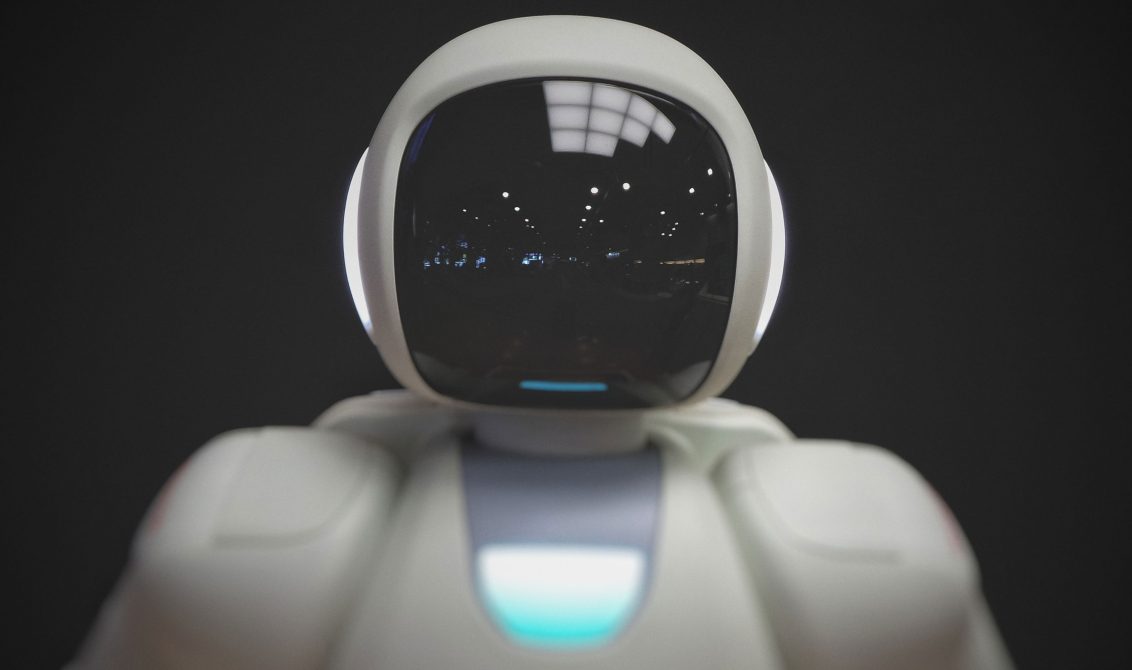
Robotics process automation, RPA, is the process where software robots automate administrative processes earlier conducted by humans. This type of automation does not require programming. What happens is that a software bot is ‘trained’ to execute the operations of a human being.
The primary candidate for RPA application is labor intensive, but low-value added tasks. For example: back and middle office applications in areas where core business functions are significant and handled manually. The automation of such processes has high potential to increase speed and accuracy.
Sparkling synergies between ML and RPA
If RPA starts dating machine learning, ML, the two technologies lay the groundwork for cognitive RPA applications, Jack Large argues in an article at cash and treasury management site CTMfile. Furthermore, ML can help with identification and recognition of document types, which help RPA solutions to analyze unstructured data and learn from the execution of their own processes, he writes.
Reduced risks, increased quality and 24/7 delivery
For years we have learnt that machines make fewer errors. Therefore, this type of dating arrangement can boost many of the core activities in treasury, increase quality and decrease risks in cash operations and trade finance, loan operations etc. Let’s not forget the endurance of a robot contra a human. A robot does not need alone time or picking up the kids at daycare, they can run 24/7.
Practical example of application
As for cash management the technologies can help brief treasurers on what tasks to address, enable a treasurer to tell a digital assistant what actions to take on, or make configurable real-time cross-selling. For example, in case of a payment shortfall, go in a cover pre-qualified loans, explains CTMfile.

